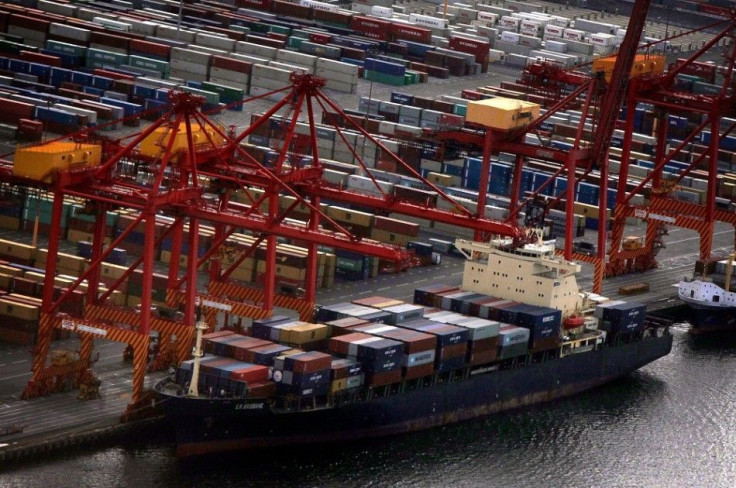Auspicious Start In 2015 For Australian Iron Ore Miners As Price Of Commodity Slightly Rises To $71.26/Tonne

On the first trading day of 2015, price of iron ore registered a slight increase to $71.26 per tonne on the spot market, up from $66.84 before Christmas. The improvement could be seen as an auspicious start for Australian iron ore miners who suffered a significant dip in income due to price of the key-steelmaking ingredient hitting a five-year low in 2014 because of the low demand in China and glut in supply.
YouTube/News (Australia)
With higher prices, although nowhere near the $130 a tonne during the earlier part of last year, share prices of iron ore producers also saw an uptick. Atlas stock jumped 39.4 percent to 23 cents per share, BC Iron went up 17 percent and Mount Gibson added 14.3 percent, reports The Australian.
Forbes pointed out that the growth is not a dead-cat bounce since it is not limited to BC and Atlas but sector-wide since even larger producers such as Fortescue jumped 22 percent while Mt Gibson Mining enjoyed a whopping 54% expansion.
These developments, according to Morgan Stanley iron ore specialist Tom Price, indicates that insofar as price downside is concerned, "the worst is probably over."
Philip Kirchlechner, director at Iron Ore Research, a consultancy, said the improvement in shareprices of the commodity could be an overreaction. He said, "It's a rebalancing ... There's no immediate logical reason why these stocks should go up other than to say they're oversold."
Despite the glut in supply, for 2015, another big player, Roy Hill iron ore mine owned by Gina Rinehart, will begin production and is expected to produce 55 million tonnes a year with low cost of production.
However, investment bank Goldman Sachs forecasts that if the global surplus in 2015 reaches 300 million tonnes, the recent shareprice jumps could be negated, Forbes warns.
To contact the writer, email: v.hernandez@ibtimes.com.au






